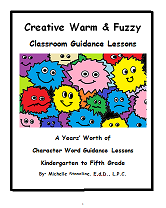Sand Tray Therapy: Solution Focused Counseling, Final Part I - J.
by Sand Tray Therapy Student
(Lawrenceville, GA)
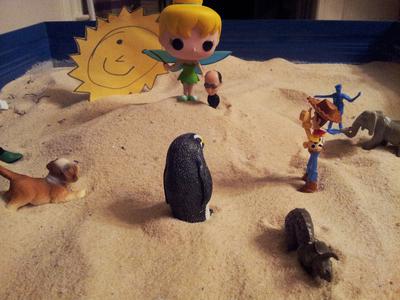
Sand Tray Therapy: Final Part I - J.
Title: Sand Tray Therapy Final
Solution Focused Sand Tray Counseling
Rationale
Solution Focused Brief Counseling (SFBC) is a counseling technique that is well suited to the limited time a school counselor has to spend with an individual student. However, this technique does ask the student to articulate his/her current situation and what he/she wants to achieve, his/her goals. Some students, particularly elementary age students, may lack the vocabulary and/or the conscious self-awareness to be able to express these things in words. Using the sand tray, a student can be asked to create a visual representation of his/her world as it stands as well as a visual response to the miracle question allowing counselor and student to move past the communication difficulties that may arise from simply talking.
Materials
Sand Tray
Miniatures (including a Wizard or Fairy miniature)
Possibly a magic wand
Directions
The sand tray can be used in a few different ways with a solution focused approach. Below I will be discussing three different aspects of this approach that seem to lend themselves particularly well to sand tray. These exercises could be used together or separately.
Using the Sand Tray to Describe the Problem
In determining goals in solution focused counseling, it is important to understand what is important to the student and what the student wants to get out of the counseling. The sand tray can be very useful in helping the student to communicate this in a non-verbal way. The counselor would begin in a way that would be very familiar to sand tray therapists, he/she asks the student to build his/her world or to create a scene using the miniatures that specifically speak to him/her. Once the student has finished constructing his/her world in the sand tray, the counselor will ask the students about the scene and about the miniatures and their relationships to each other. As mentioned above, the goal of these questions is to help understand who and what is important to the student. Once that understanding has been established, the counselor may ask the student to create his/her “hoped for future” in the tray. This can help the counselor and student both begin to understand the student’s goals for counseling.
Sand Tray and the Miracle Question
Similar to creating a “hoped for future” in the sand tray, the counselor may ask the student to create a world in the tray in response to the miracle question. The miracle question typically asks, if a miracle happens and solves the problem that is troubling the student, what will be the clues that will let the student know that this has happened? What will the student be doing differently. Incorporating the sand tray into the miracle question, the counselor can use a magic wand prop or a miniature of a wizard, fairy, or other magical creature to help engage the student in the question. For example, the miracle question could be phrased:
Suppose this Wizard showing the Wizard miniature to the student came along while you are sleeping tonight. He waves his staff and magically solves your problem. I’d like you to show me in the sand tray what that world would look like for you.
Once the student has built his world in the tray, the counselor, in exploring the tray will try to get the student to visualize what he/she would be doing differently in this world. This can help in formulating a plan of action with the student.
Identifying Exceptions with the Sand Tray
Following on from the miracle question, a counselor using a solution focused approach might ask a student to describe a time when some of this miracle might have already happened or a time when the problem is either less present or not present at all. In identifying these exceptions, the counselor and student can explore what the student is doing in these moments that he/she might do more of in order to move toward his/her goal. Once again, the sand tray can be used to visualize these exceptions rather than simply discuss it in words. The counselor might ask the student, “Show me in the tray, a time when you do not experience this problem.” In allowing the student to describe the scene he/she created, the counselor can help him/her to identify the successes of this moment.
How to Use The Sand Tray for Sand Tray Therapy Link:
More Ideas on Sand Tray Therapy
For more free ideas on creative therapy visit the link below:
Creative Counseling 101.com Home
Disclaimer: This website and its content is intended for trained licensed mental health professionals and school certified mental health professionals to use for their clients / students at their own discretion.
*If you ignore the disclaimer above are using these techniques on yourself and you feel any discomfort or upset it is highly suggested that you seek out a licensed mental health professional immediately.
"Beyond Art Therapy" is the concept from Dr. Stangline that combines all creative fields in therapy. It is not the traditional "art therapy" but goes beyond to include sand tray therapy, play therapy, mindfulness, meditation, color therapy, cognitive behavioral therapy, and a vast majority of other therapies.
For any other type of mental health emergency call your local 911 / Police Number immediately.
Dr. Stangline does not offer advice / suggestions to anyone who is not a professional mental health provider, or a student who is studying this field and has questions about mental health programs of study.
See our Exciting Selection of eBooks:
Award Winning:
Creative Counseling 101 eBook
Our Best Seller!
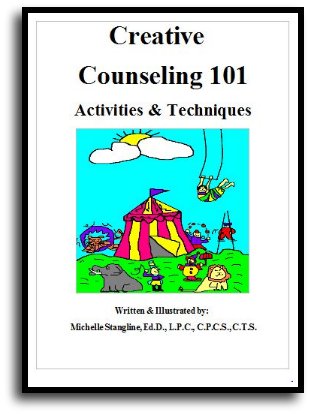
Step By Step Therapy:
Learn how to be a more Creative Therapist with the Book that started it all!
- Graduate School Counseling book used by hundreds of graduate counseling students!
- Includes full color reproducible worksheets with most activities.
- Winner of the Counselor Writer of the Year Award, 2011, Georgia Regional Award
Download Your Copy Today Only $39.95:
See Creative Counseling 101 eBook Information Here:
Get the Set
of all four
eBooks for only $98.95:
An incredible collection of how to do therapy eBooks!
A $159.80 Value,
You Save Over $60!
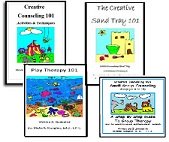
Get your complete set of the Creative Counseling 101.com eBooks by Dr. Michelle Stangline for only $98.95, that's less than $25.00 per eBook (Regular Price is $39.95 for each eBook.).
Your complete set includes:
- Creative Counseling 101
- Creative Group Counseling 101
- Creative Play Therapy 101
- Creative Sand Tray 101
For more information click the link below:
See Complete Set of eBooks For Sale Here:
New!!! "Beyond Art Therapy" 101 eBook
Over 300 pages of Beyond Art Therapy activities and techniques. Learn what I teach graduate counseling students!
See the link below for more information.
Only $39.95
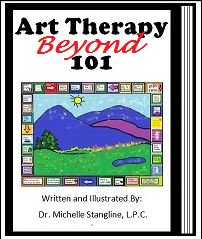
See More Invividual eBooks For Sale:
Sand Tray Therapy 101 eBook:
Learn how to do Sand Tray Therapy or enhance your skills.
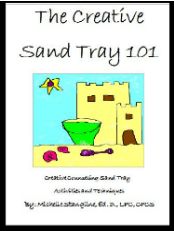
Play Therapy 101 eBook
Learn how to do play therapy or enhance your skills.
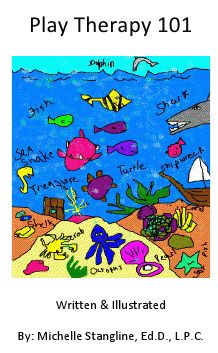
Small Group Counseling eBook For Sale:
Learn how to do creative group therapy and enhance your skills.
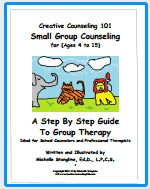
School Counselor Guidance Lesson & Social Stories eBook for sale:
Get a year's worth of school counselor guidance lessons with "Creative Warm & Fuzzy Classroom Guidance Lessons eBook". Introduce your students to the "Warm & Fuzzy Way". Click the link below for more information:
Warm & Fuzzy School Counselor Guidance Lessons eBook
